表面処理は材料工学の縁の下の力持ちである。表面処理といえば 超硬プレートこれらの処置は、時の試練に耐える製品とそうでない製品の違いを意味する。
超硬プレートの表面処理とは?
超硬プレートは、炭化タングステンと結合剤(多くの場合コバルト)の複合材料から作られています。非常に硬く、耐摩耗性に優れているため、工具、鉱業、製造業などでよく使われる材料として珍重されている。しかし、このような強靭な素材であっても、摩耗や損傷を免れることはできない。そこで表面処理の出番となる。
超硬プレートの表面処理には、素材の表面特性を高める加工やコーティングが含まれます。すでに頑丈な騎士に鎧を着せるようなものです。これらの処理により、硬度の向上、摩擦の低減、耐食性の強化、さらにはプレートの寿命延長が可能になります。
なぜそれが重要なのか?未処理の超硬プレートは、一時的には優れた性能を発揮するかもしれませんが、いずれは摩耗や環境損傷に見舞われます。特定の用途に合わせて表面を調整することで、優れた性能と寿命を引き出すことができる。
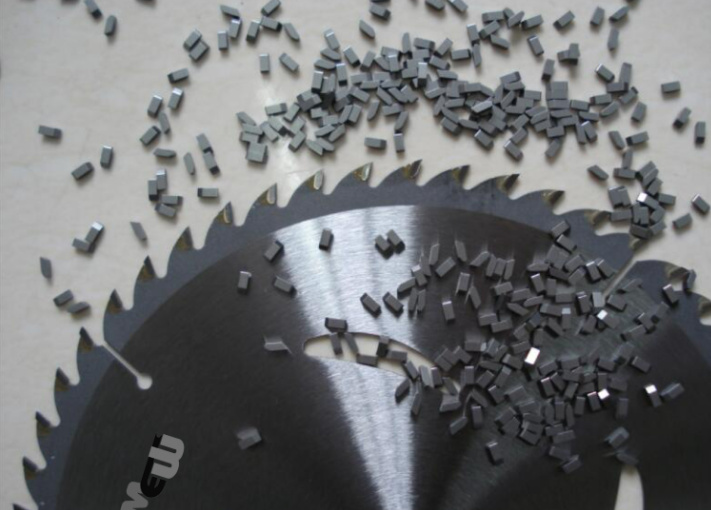
一般的な表面処理技術 超硬プレート 表面処理
超硬プレートの表面処理は一様ではありません。用途や要求される特性によって、さまざまな手法が用いられます。最も一般的な方法をいくつか見てみましょう:
1.化学気相成長法(CVD)
CVDでは、高温での化学反応を利用して、カーバイドプレートに材料の薄層を蒸着させる。その結果は?超平滑で超硬質な表面。精度と耐久性が重要な用途に最適です。
2.物理的気相成長(PVD)
CVDと同様、PVDも物理的なプロセスで薄膜を成膜する。超硬プレートにハイテク加工を施すようなものです。この方法は、耐摩耗性の向上や摩擦の低減に特に効果的です。
3.溶射
溶射は、鎧のような保護コートを追加すると考えてください。セラミックや金属粉末などの材料を溶かし、超硬プレートに吹き付けるのです。コーティングは過酷な環境や研磨条件にも耐えることができます。
4.電気めっき
電気めっきは、金属層(通常はクロムまたはニッケル)をめっき板に追加します。この方法によって耐食性が向上し、表面が磨かれた反射仕上げになります。審美的、機能的な目的で使用されることが多い。
5.窒化
窒化処理では、超硬プレートの表面に窒素を拡散させます。その結果、非常に硬く、耐摩耗性の高い層が形成されます。これは、重作業をこなす盾をプレートに与えるようなものです。
6.ショットピーニング
ショットピーニングは、小さな丸い粒子を表面にぶつけ、圧縮応力を誘発します。お皿をマッサージするようなものですが、リラックスする代わりに、耐疲労性を高め、ひび割れを防ぎます。
7.レーザークラッディング
レーザークラッディングは、高エネルギーのレーザーを使用してコーティング材をプレートに接着させます。この技術は精密で、特定の用途に合わせたカスタム表面を作ることができる。
8.研削と研磨
時として、最良の表面処理は古典的なものです。グラインディングとポリッシングは表面を磨き上げ、滑らかさを向上させ、摩擦を減らします。これは多くの場合、他の処理の仕上げとなります。
9.酸化処理
制御された酸化により、薄い酸化層が形成され、耐食性が向上し、摩耗が減少します。シンプルで効果的な超硬プレート保護方法です。
10.プラズマ窒化
この高度な窒化処理では、プラズマを使用して拡散プロセスを強化します。その結果、より硬く、耐久性に優れた表面となり、過酷な条件下でも使用できるようになります。
超硬棒の表面仕上げの主な要因
超硬プレートの表面仕上げ技術を選択する際の重要な考慮事項を以下に示します:
| ファクター | 説明 |
|---|---|
| 硬度 | その処理によって、材料の耐摩耗性は向上しますか? |
| 摩擦低減 | 表面を滑らかにすることで、エネルギーロスや発熱を抑えることができるのか? |
| 耐食性 | 湿気、化学薬品、その他の腐食剤への暴露に耐えられるか? |
| コスト | その治療法は、特定の用途に対して費用対効果がありますか? |
| アプリケーション環境 | 高ストレス、高温、磨耗の激しい条件下での処理に適しているか? |
| 長寿 | 治療によってプレートの寿命はどのくらい延びるのですか? |
| 美学 | その処置は、皿の視覚的な魅力を向上させますか? |
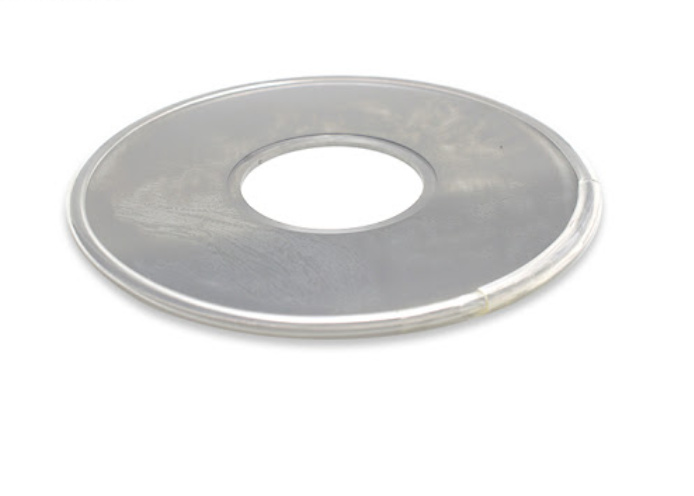
表面処理のメリット 超硬プレート 表面処理
表面処理には多くの利点があり、超硬プレートを使用するすべての人にとって、賢い投資となります。それを分解してみよう:
1.耐久性の向上
表面処理によって外層が強化され、超硬プレートは耐摩耗性、耐衝撃性、耐疲労性に優れています。すでに頑丈な素材に、さらに保護層を追加しているとお考えください。
2.パフォーマンスの向上
摩擦を低減したり硬度を高めたりすることで、処理された超硬プレートは厳しい環境下でも優れた性能を発揮します。車のエンジンを最適なスピードと効率にチューニングするようなものだ。
3.寿命が長い
処理されたプレートは大幅に長持ちするため、交換やメンテナンスにかかる費用を節約できる。これは、長期的には運用コストの削減につながります。
4.多用途性
適切な処理を施せば、1枚の超硬プレートでさまざまな用途に対応できます。究極のカスタマイズと適応性です。
5.耐食性
特定の処理によって錆や化学的損傷から保護され、過酷な環境でもプレートの完全性が保証される。
処理の用途 超硬プレート
処理された超硬プレートは、幅広い産業で使用されています。以下はその一例である:
- 工具: 耐久性と精度が向上した処理済みプレートは、切削工具や穴あけ工具に最適です。
- 鉱業だ: 処理されたプレートは、摩耗や衝撃を含む採掘作業の過酷な条件に耐える。
- 製造: 金型から摩耗部品まで、処理されたプレートは効率を改善し、ダウンタイムを削減します。
- 航空宇宙 この要求の厳しい業界では、高性能な素材が不可欠であり、超硬合金プレートはその要求にぴったりと当てはまる。
- 医療機器 表面処理された超硬プレートは、その精度と寿命から手術器具に使用されている。
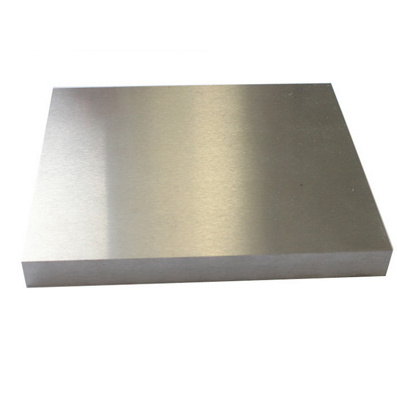

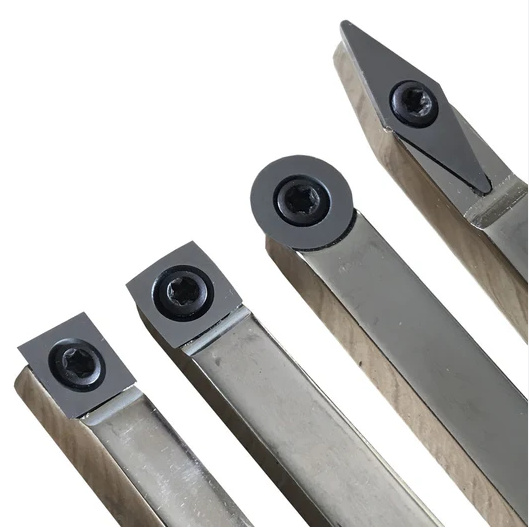
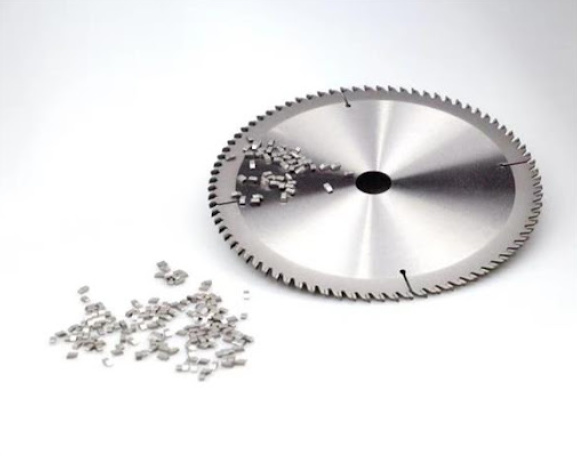


よくあるご質問
| 質問 | 回答 |
|---|---|
| 超硬板の表面処理の目的は何ですか? | 硬度、耐摩耗性、耐食性などの特性を向上させる。 |
| 超硬合金はどのような産業で最も役立っていますか? | 工具、鉱業、製造業、航空宇宙、医療産業。 |
| 正しい治療法を選ぶには? | アプリケーション環境、予算、希望する特性などの要因を考慮する。 |
| 表面処理は高価ですか? | 費用はさまざまだが、寿命の延長と性能の向上は、初期費用を上回ることが多い。 |
| 複数の治療を組み合わせることはできますか? | そう、多くのテクニックは互いに補い合うことで、より良い結果をもたらすことができるのだ。 |


